Lewis E. Fulton Memorial Park
Introduction
Text-to-speech Audio
Images
The view across the pond towards Cooke Street.
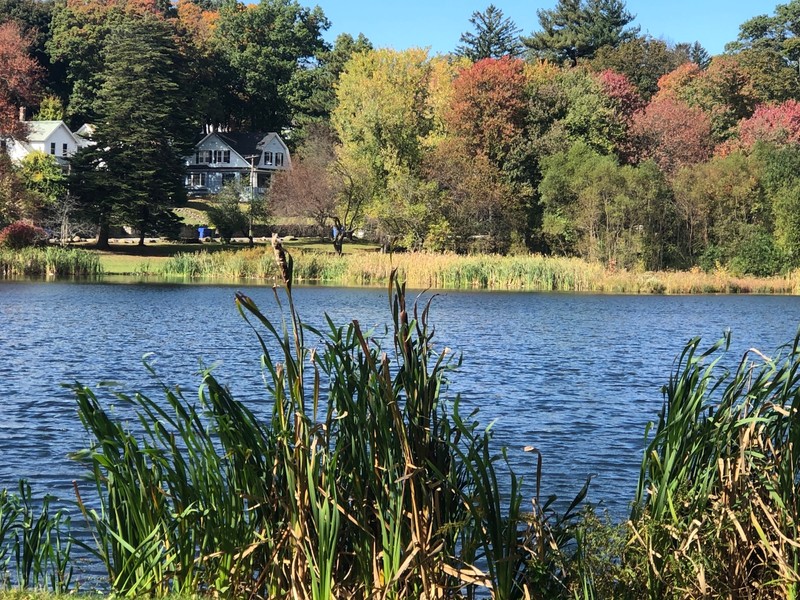
A small pavilion at Fulton Park.
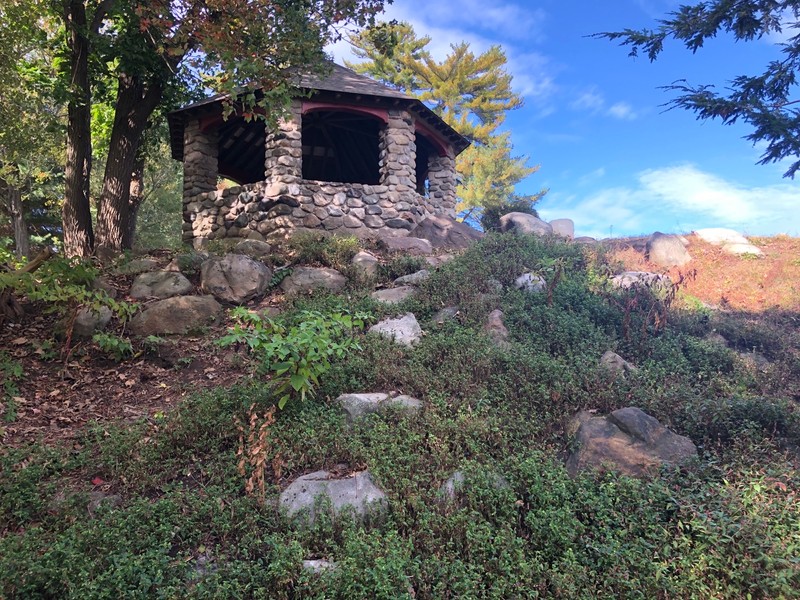
The view from one of the many terraces at Fulton Park.
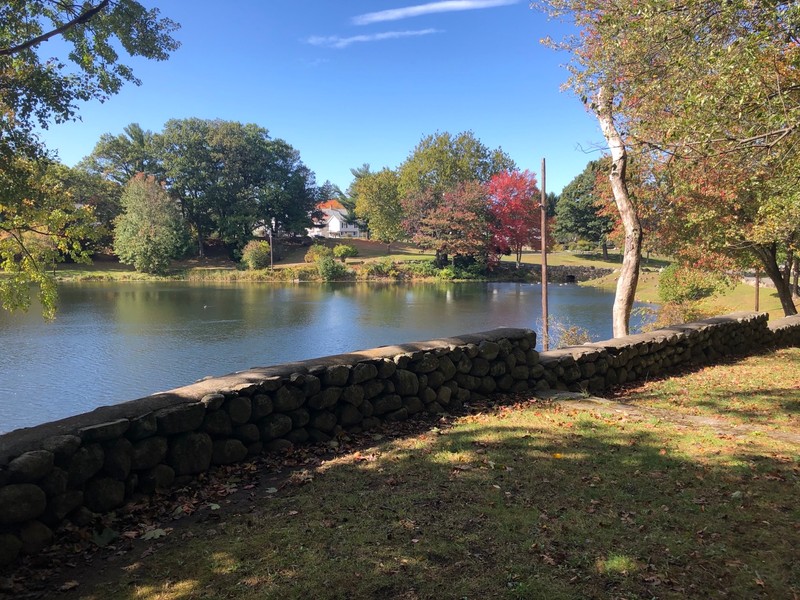
A series of terraces on the Greenwood Avenue side of Fulton Park.
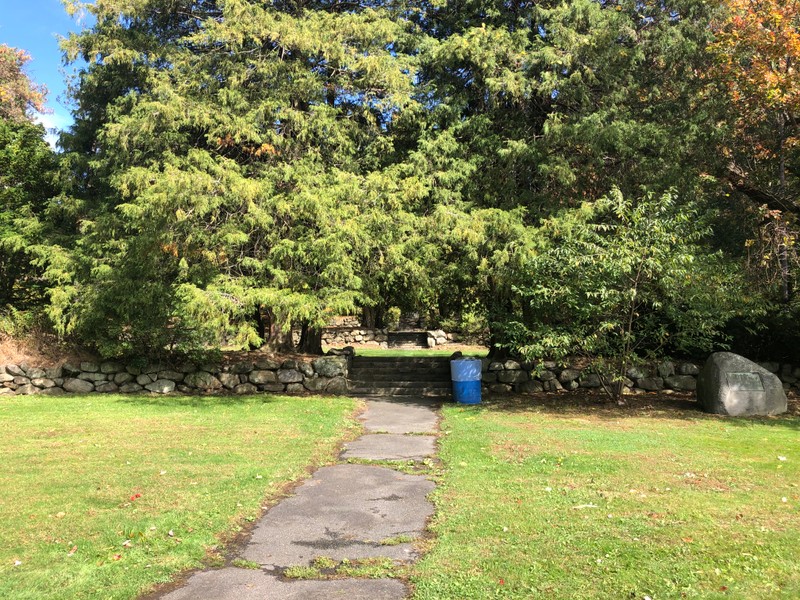
A walkway bends around the first pond at Fulton Park, facing Cooke Street
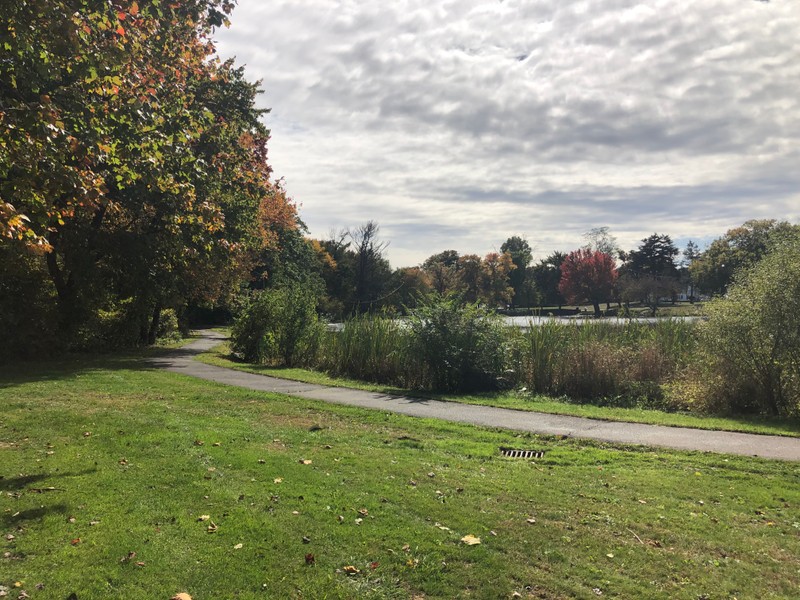
Steps leading up to a stone fireplace near Greenwood Avenue.
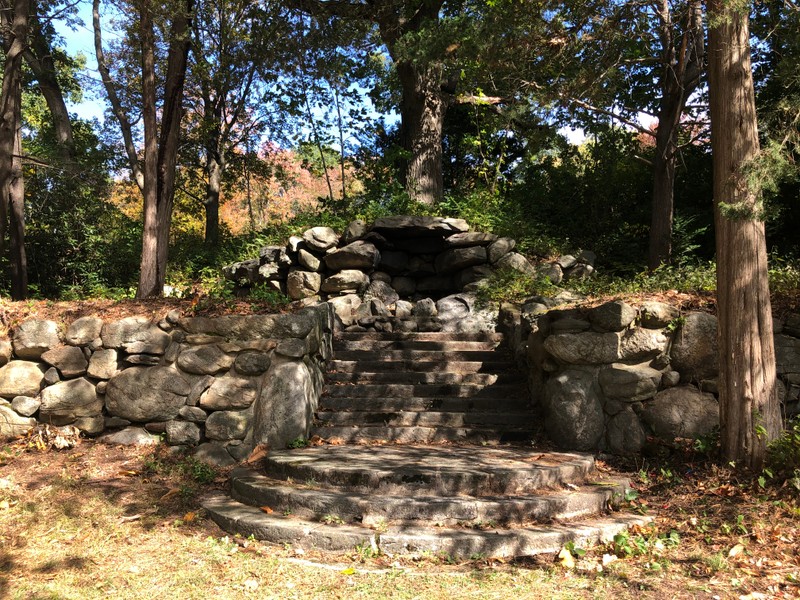
A view from the Greenwood Avenue side of Fulton Park
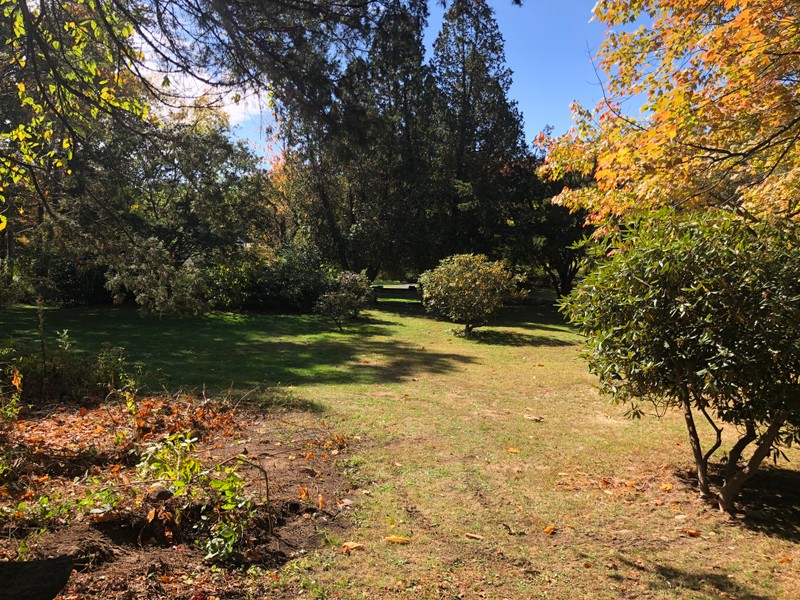
Backstory and Context
Text-to-speech Audio
Fulton Park’s land was originally a reservoir from 1859 until the 1910’s when it was deemed polluted and taken out of commission. It was then purchased by William E. Fulton, president of the Fulton Foundry and Machine Company, in 1919. William E. Fulton pushed for the land to be turned into a public park, but the city of Waterbury did not have the funding. Fulton agreed to finance most of the park’s development in partnership with the city and in 1920 the Olmsted Brothers Landscape Architecture Firm was commissioned to design and develop the new park.
The Olmsted Brothers firm was once led by Frederick Law Olmsted, renowned designer of New York City’s Central Park and Prospect Park as well as many other beautiful parks across America. Olmsted had many ties to Waterbury, he studied at Yale with Frederick Kingsbury, future president of Scovill Manufacturing, a leader in the brass industry at the time, and studied agriculture on a Waterbury farm owned by Joseph Welton, president of the Waterbury Brass Company. Frederick Sr. stepped down in 1895 and by the time Fulton Park was commissioned the firm was run by his son Frederick Law Olmsted Jr.
Construction took place from 1920-1925. Upon completion the Fulton family donated the project to the city of Waterbury in memory of their son Lewis who died in 1917 at the age of 38, he was buried in Riverside Cemetery in Waterbury. A plaque commemorating his memory, as well as plaques commemorating Ida Fulton, his mother, and other members of the Futon Family can be seen throughout the park. William S. Fulton, Lewis’s brother died in 1930 and left behind a trust fund in order to maintain the park. It was left to the city of Waterbury.
Fulton Park remains one of the most scenic parks in the area with much of William E. Fulton and the Olmsted Brothers’ vision still evident today in the original garden beds, large, shady trees, stonework and peaceful water features. In 1990, Lewis E. Fulton Park was listed on the National Register of Historic Places.
Cite This Entry
Karen Angelicola. "Lewis E. Fulton Memorial Park." Clio: Your Guide to History. October 21, 2019. Accessed March 27, 2025. https://theclio.com/entry/86403
Sources
Bulletin of Yale University 1917-1918 Obituary Records of Yale Graduates. University of New Haven 1919
http://mssa.library.yale.edu/obituary_record/1859_1924/1917-18.pdf
The Historic Overlook Community Club.Lewis E. Fulton Memorial Park Then and Now: A Tour of Historic Fulton ParkWaterbury 2016 http://www.waterburyct.org/filestorage/9586/54250/57326/Lewis_E_Fulton_Memorial_Park_Then_%26_Now.pdf
Guest, Raechel. “Fulton Park Greenhouse.” Waterbury Thoughts.
http://waterburythoughts.blogspot.com/2011/05/fulton-park-greenhouse.html
National Register of Historic Places Inventory/Nomination: Fulton, Lewis, Memorial Park
National Park Service. Retrieved October 8, 2019
https://npgallery.nps.gov/NRHP/GetAsset/NRHP/90001951_text
Picture by K. Angelicola
Picture by K.Angelicola
Picture by K. Angelicola
Picture by K.Angelicola
Picture by K.Angelicola
Picture by K. Angelicola
Picture by K.Angelicola

